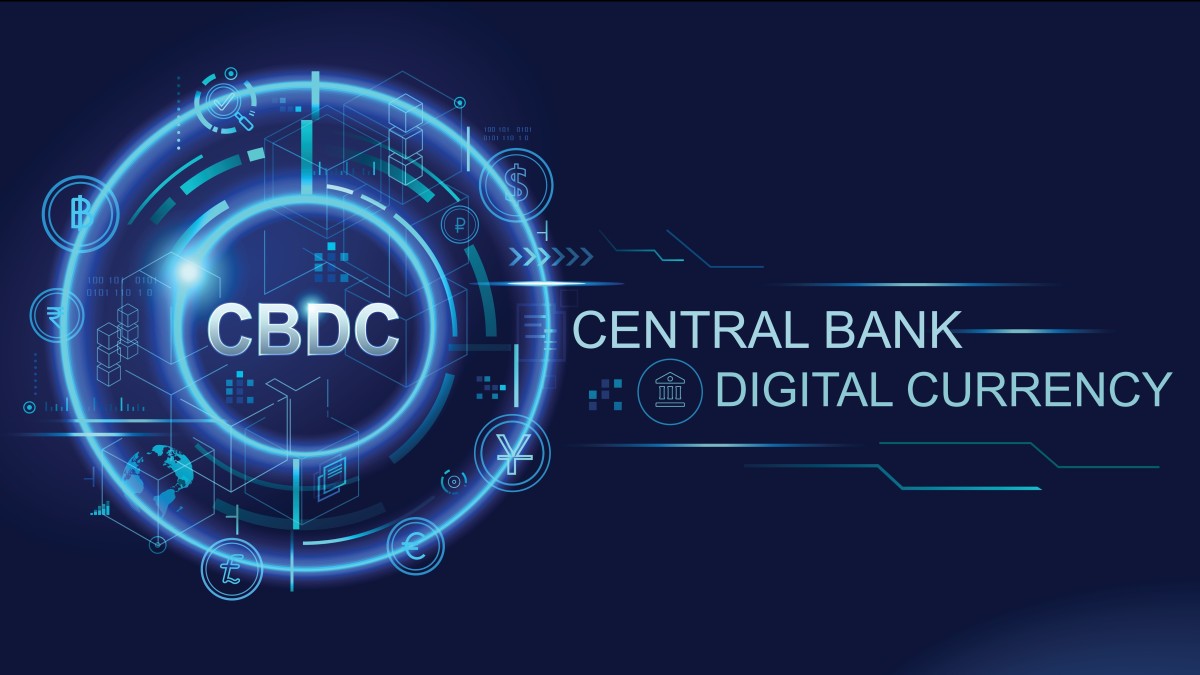The 21st century has seen the rise of a progressive type of cash that exists exclusively in computerized structure – cryptographic forms of money. Conceived out of blockchain innovation, digital currencies have presented a change in perspective in the manner we see and use cash. From the confounding Bitcoin to a huge range of altcoins, understanding the basic ideas of digital currencies is fundamental for anyone with any interest at all coming soon for money and innovation.
Characterizing Cryptographic forms of money:
Cryptographic forms of money are advanced or virtual monetary standards that utilization cryptography for security. Dissimilar to conventional government issued types of money gave by state run administrations, digital currencies work on decentralized networks in view of blockchain innovation. Every digital money unit is recorded on a blockchain, a conveyed record that guarantees straightforwardness and security.
Key Ideas:
Blockchain Innovation: Digital forms of money are based on blockchain, a decentralized and changeless record that records all exchanges across an organization of PCs. This innovation guarantees straightforwardness and security.
Decentralization: Dissimilar to concentrated financial frameworks, cryptographic forms of money work on decentralized networks, meaning no single substance has command over the cash.
Cryptography: Digital forms of money utilize cryptographic procedures to get exchanges and control the production of new units. This makes them exceptionally secure and impervious to extortion.
Well known Digital currencies:
Bitcoin (BTC): The principal cryptographic money, Bitcoin presented the idea of advanced cash and stays the most perceived and significant digital currency.
Ethereum (ETH): Ethereum presented the idea of “brilliant agreements,” empowering designers to fabricate decentralized applications on its blockchain.
Swell (XRP): Wave centers around empowering quick, minimal expense cross-line installments and has gotten some decent forward movement among monetary organizations.
How Digital forms of money Work:
Digital forms of money work through an interaction called mining (confirmation of-work) or marking (verification of-stake), which approves exchanges and adds them to the blockchain. Diggers or validators are compensated with shiny new cryptographic money units.
Use Cases and Benefits:
Computerized Exchanges: Digital currencies work with quick and borderless exchanges, decreasing the requirement for go-betweens like banks.
Monetary Incorporation: Digital currencies can give admittance to monetary administrations to the unbanked and underbanked populaces all over the planet.
Straightforwardness: The public idea of blockchain innovation guarantees straightforwardness in exchanges, diminishing the gamble of misrepresentation.
Difficulties and Contemplations:
Unpredictability: Cryptographic money markets are known at their cost instability, which can prompt critical increases or misfortunes for financial backers.
Guideline: Administrative systems for digital currencies shift by nation, and vulnerability in guideline can affect the market.
Security: While blockchain innovation is secure, digital currency trades and wallets can powerless against hack.
The Fate of Digital forms of money:
Cryptographic forms of money have developed past advanced cash and are currently driving advancements in different enterprises, including finance, store network, and medical care. The idea of decentralized finance (DeFi), non-fungible tokens (NFTs), and the potential for national bank computerized monetary standards (CBDCs) are molding the fate of digital currencies.
All in all, cryptographic forms of money address a noteworthy union of money and innovation. While they offer invigorating conceivable outcomes, potential financial backers ought to move toward the market with alert, leading intensive examination and grasping the innate dangers. As the computerized economy keeps on developing, digital forms of money are probably going to assume an extraordinary part in reshaping monetary frameworks and encouraging new methods of financial collaboration.








